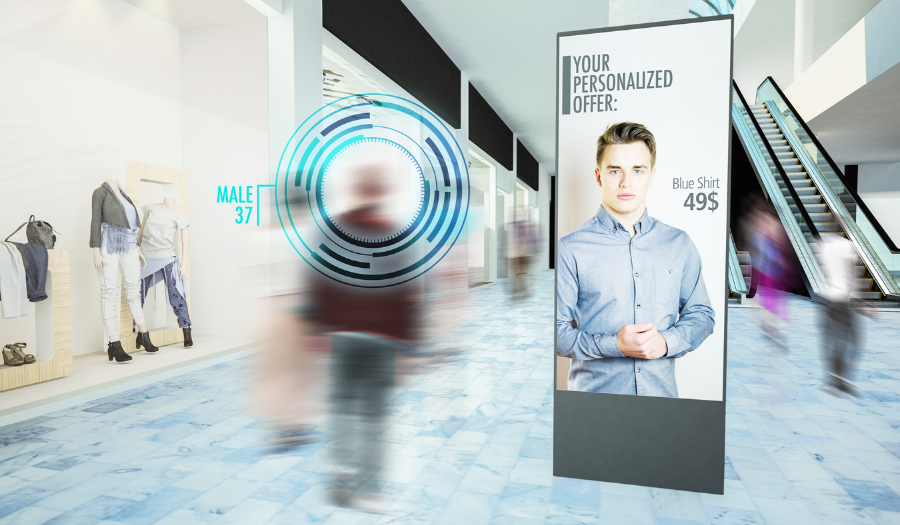We’ve previously talked about geofencing and what this means. In this blog post, we’re turning our focus onto how you can apply geofencing solutions to your marketing strategy, to provide a comprehensive omnichannel experience for your customers.
Connecting with your customers
Geofencing has the potential to help retailers connect with their customers, increase footfall and strengthen customer loyalty. Personalising and targeting offers based on what you know about your customers, helps you to stay relevant and show a good understanding of your customers’ needs. Although this represents best practice to run an omnichannel campaign, you can also send more generic content and offers to help drive new customers to your brand.
What does research tell us about advertising amongst different age groups?
Research has shown customers are becoming more comfortable with this type of advertising. A recent study showed 51% of 18-34 year olds were "somewhat / very comfortable" compared with 27% of those in the 55+ age group. As long as the focus and outcome of your geofencing campaigns stays customer centric and forms part of your overall omnichannel location strategy, geomarketing can be used as a beneficial tool to engage with customers.
Examples of geofencing in Retail
- GAP clothing stores
A good example of a successful geofencing campaign was run by GAP clothing stores. They placed geofences around bus stops close to some of their largest stores that also had physical ads within the shelters. Knowing the popularity of the Words with Friends mobile game with their customers, people playing the game while waiting for the bus would see a GAP coupon offer. This resulted in a .93 click-through rate (compared to the .20 industry standard). This example shows how geofencing can be used alongside other marketing tools such as the physical advertising for greater emphasis and within mediums such as games that many of your customers are already interacting with. - Meijer Inc
This US chain of supermarkets has also successfully used this technology within its stores to make the shopping experience personalised over multiple channels. They use in-store sensors to offer customised information and virtual coupons through mobile apps. Customers who prepare shopping lists online can also open up the retailer's app inside the store, and the app reorders their list based on their location in the aisles, speeding up the shopping process. Coupons and weekly specials also appear based on their previous preferences and location. This is a really nice example of omnichannel in action, going from one medium to the other with a seamless experience and using location to send personalised and relevant offers to shoppers. - Coca Cola
Another fantastic example with a slightly different spin was a campaign run by Coca-cola in Israel. The “share a coke" campaign had allowed people to personalise cans and bottles of coke with their name, via a downloadable specialised app. Here customers who had purchased a coke during the campaign had their names displayed on a billboard as they approached it. The app was the number one rated app in Israel after the first day of release and stayed in this position during the entire campaign with more than 100,000 downloads. This is a great example of of how geofences can be used not to send promotions but rather to engage and interact with customers. The goal is to build your brand image and personalise the customer to brand experience which is the holy grail of omnichannel retailing.
Working with a Google Maps Premier Partner
A Google Cloud Partner like Ancoris can help you apply the power of Google Maps to solve current business challenges and develop new digital models using location-based services.
We’re not only a Google Maps Premier Partner but have achieved Google’s Location-Based Services Partner Specialisation. This means we’ve demonstrated both technical proficiency and proven success in building and managing applications using the best of Google Maps Platform and Google Cloud Platform in both web and mobile environments.
If you’d like to find out more about how we can help you, why not take a look at some of our customer success stories or talk to the experts in our Google Maps team.

